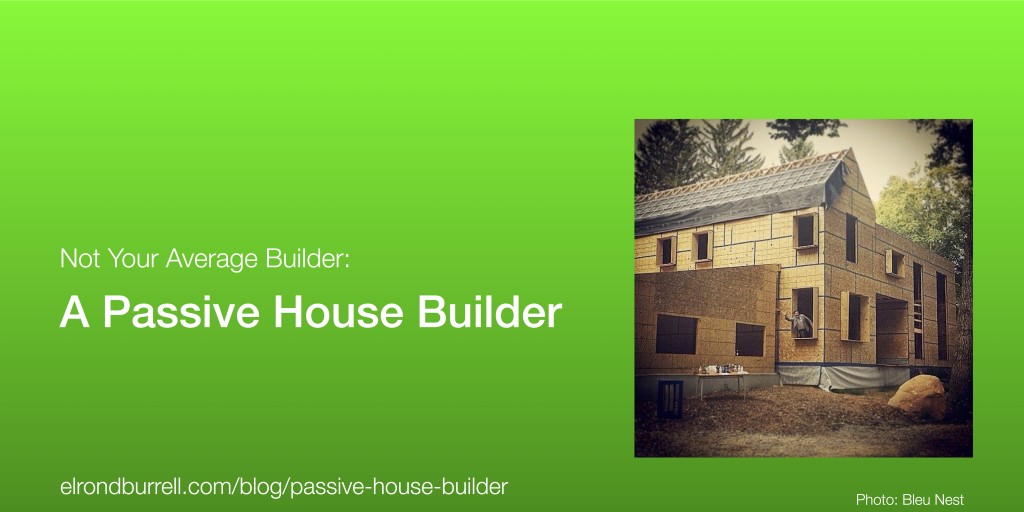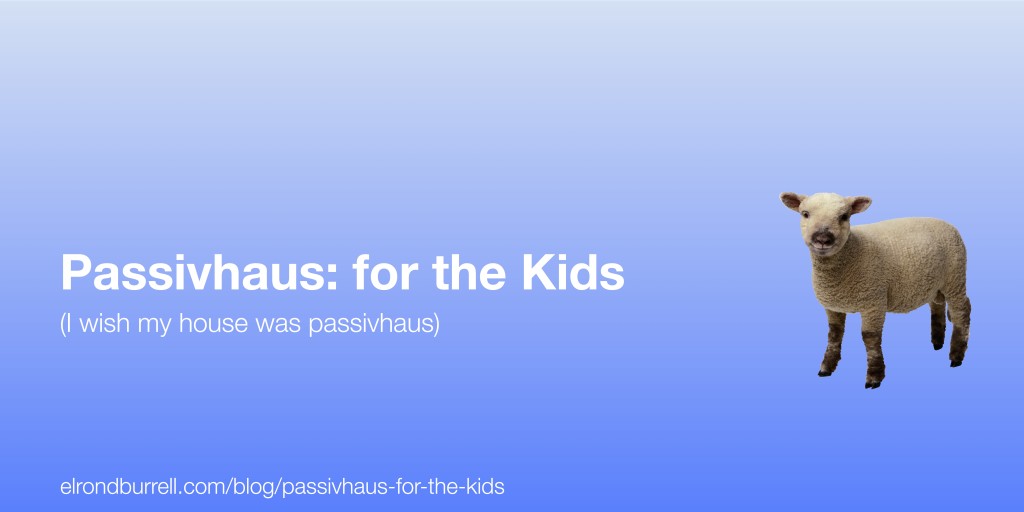I often focus on the design aspects of the Passivhaus Standard on this blog. I’m an architect after all. However, while getting the design right is important for passivhaus, getting the construction right is equally important. The Passivhaus Standard isn’t an aspirational standard that sets good intentions but doesn’t follow through. The Passivhaus Standard has the integrity to deliver what it promises.
What does this mean for a builder who is asked to construct a building to the Passivhaus Standard? I explore this question with Darren Macri of Bleu Nest. He shares his journey to becoming a Passive House Builder. He also shares some of the mindset shifts and new ways of working that are needed to build to the Passivhaus Standard. And you get a taste of his infectious humour.
What does it take to be a Passive House Builder?




